Our Lord in the Attic
The attic of a four-century-old canal house hides a clandestine church.
The canal house at Number 40, Oudezijds Voorburgwal, Amsterdam, looks much like the other Queen Anne-style homes that the old city is famous for.
Built as a residential home in 1630, in the heart of the oldest part of Amsterdam and bordering the infamous red light district, this particular steep-gabled building holds a remarkable secret. Making your way through the nearly 400-year-old corridors, kitchens, and bedrooms, there is a narrow and steep staircase that leads to the upper floors. Where, hidden away in the attic, is a magnificently miniature, fully-appointed Catholic church.
The clandestine church, known in Dutch as a “schuilkerk,” was secreted away in the attic on purpose due to the persecution of Catholicism in Holland in the 17th century. Unable to hold mass in public, Jan Hartmann converted the attic of his home to a church in 1663.
Entrance to the church, known as Our Dear Lord in the Attic or “Ons’ Lieve Heer op Solder,” was gained through a fake door hidden in the living room. This led onto a tiny spiral staircase that would take the faithful Papists into the top reaches of the attic.
Whilst nothing on the outside of the home suggests what is hidden inside, the miniature church is an exquisitely appointed place of worship. With seating for about 150 worshippers in narrow gallery seating, the secret church is beautifully decorated in the Dutch classicist style. The marble and gilt altar is lavishly decorated with a painting of the Baptism of Christ by Jacob de Wit, surrounded by pillars made from more marble.
The secret church was turned into a museum in 1888, making it the second oldest museum in the city. But this unique treasure is still in use today, with regular services held in the attic, just as they have been for the past 400 years.























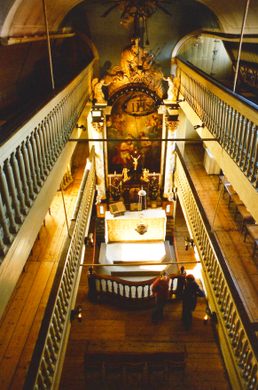

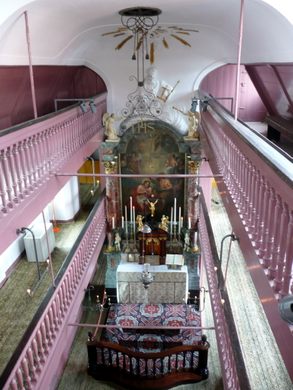
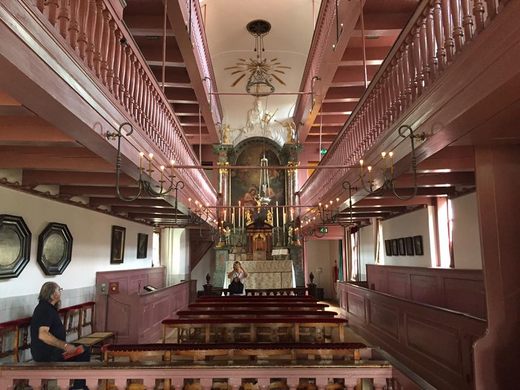
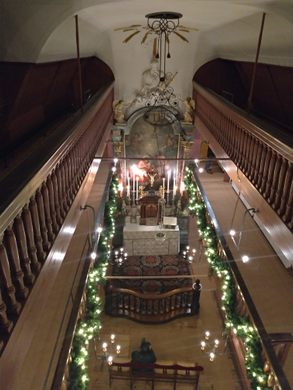




























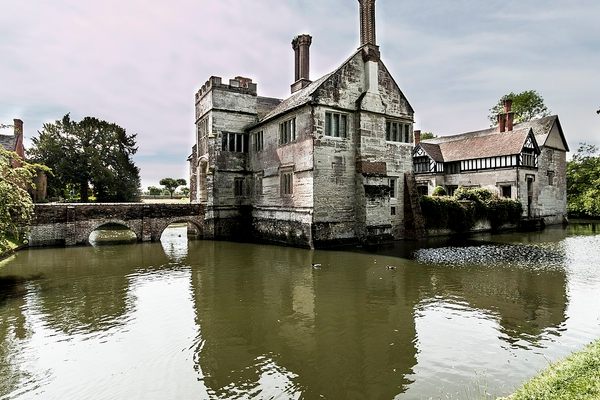

Follow us on Twitter to get the latest on the world's hidden wonders.
Like us on Facebook to get the latest on the world's hidden wonders.
Follow us on Twitter Like us on Facebook